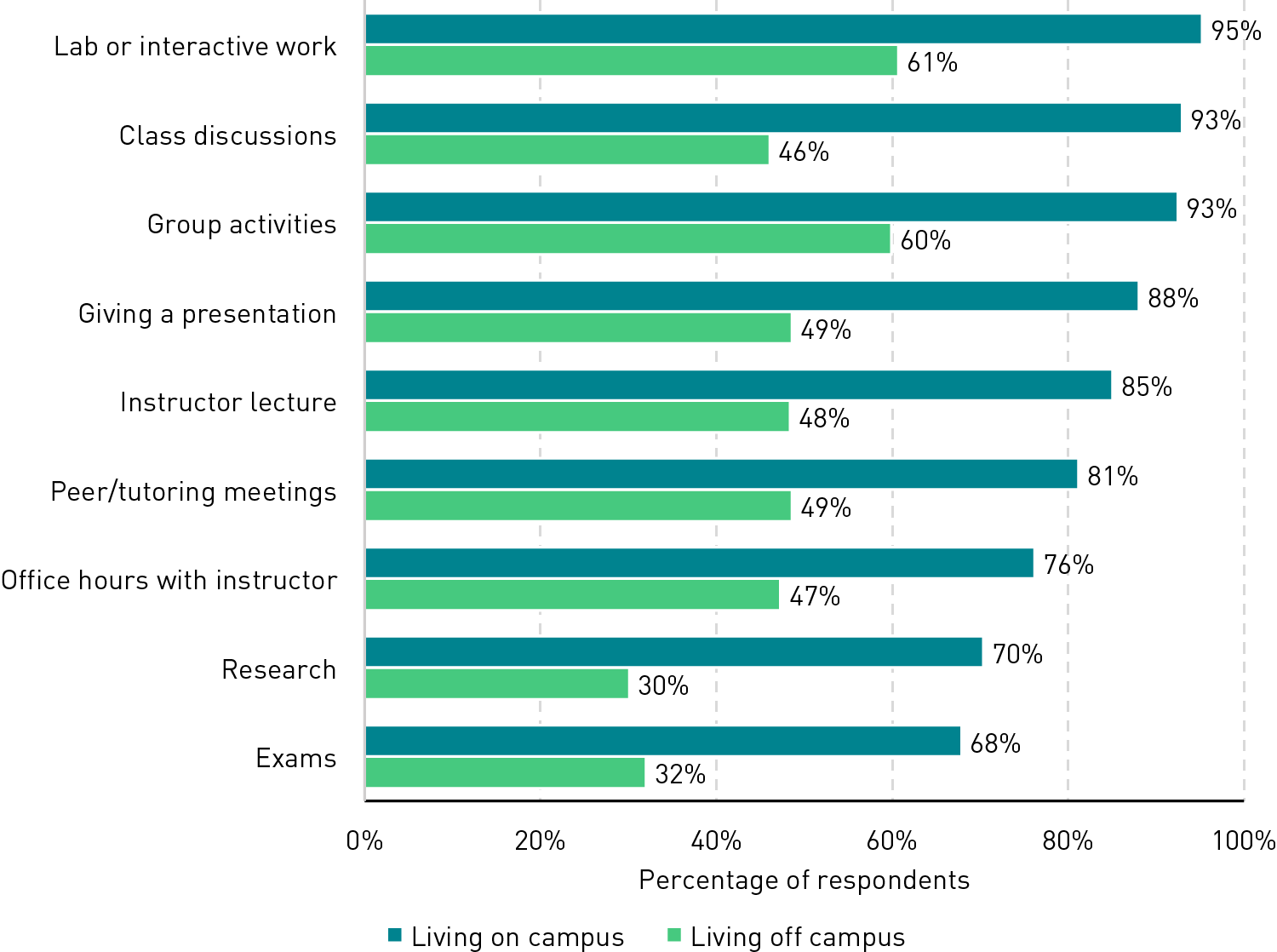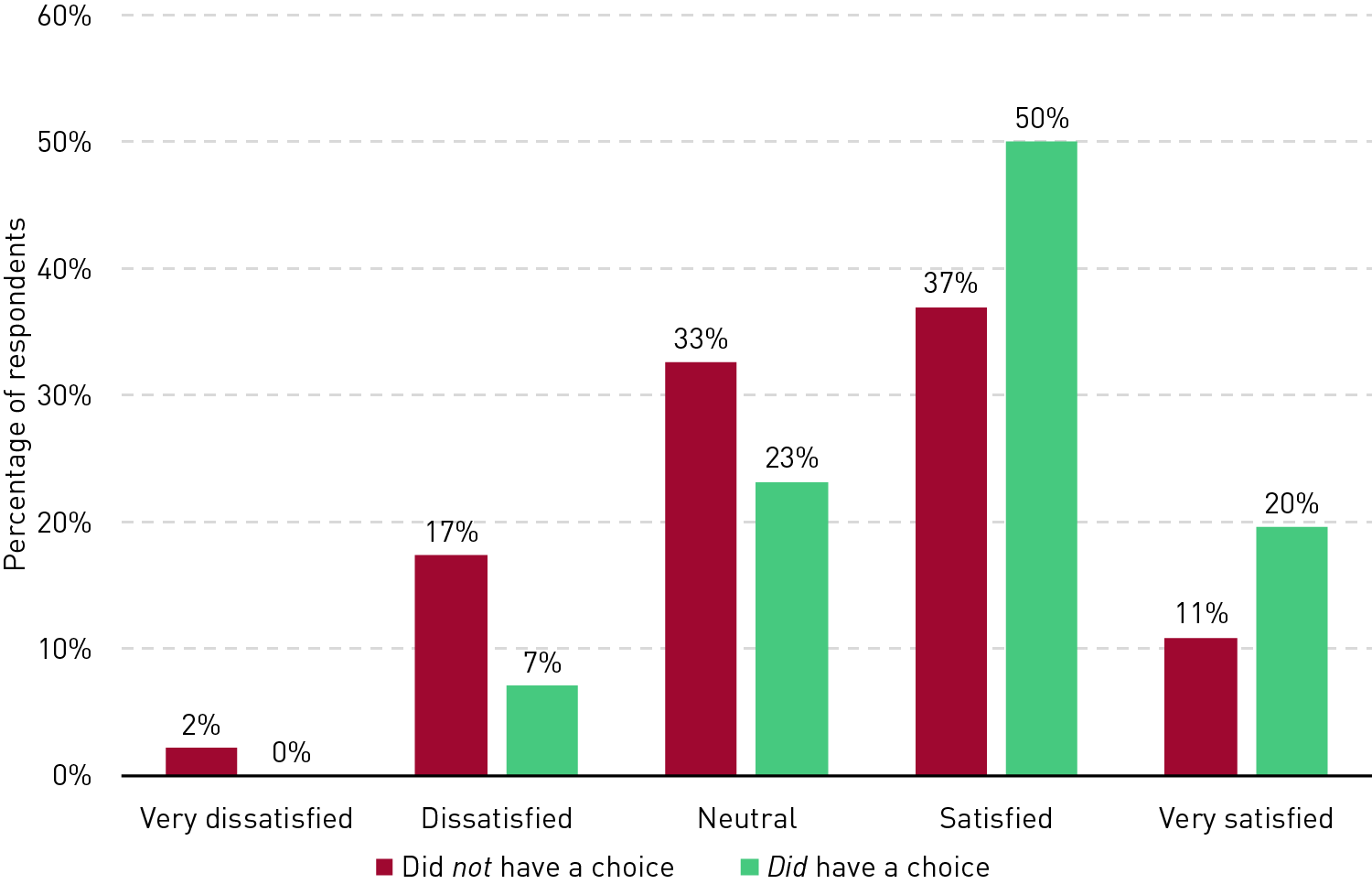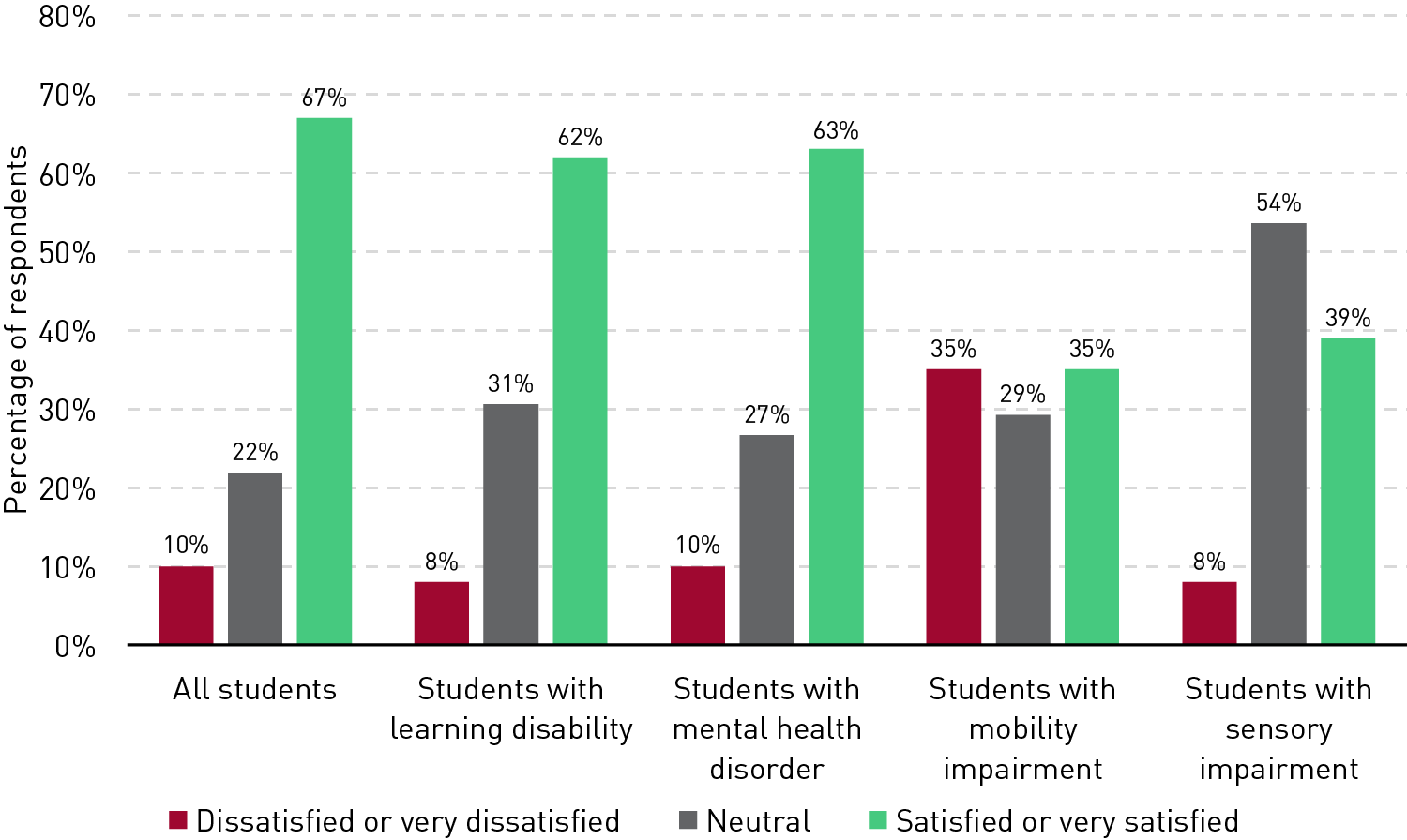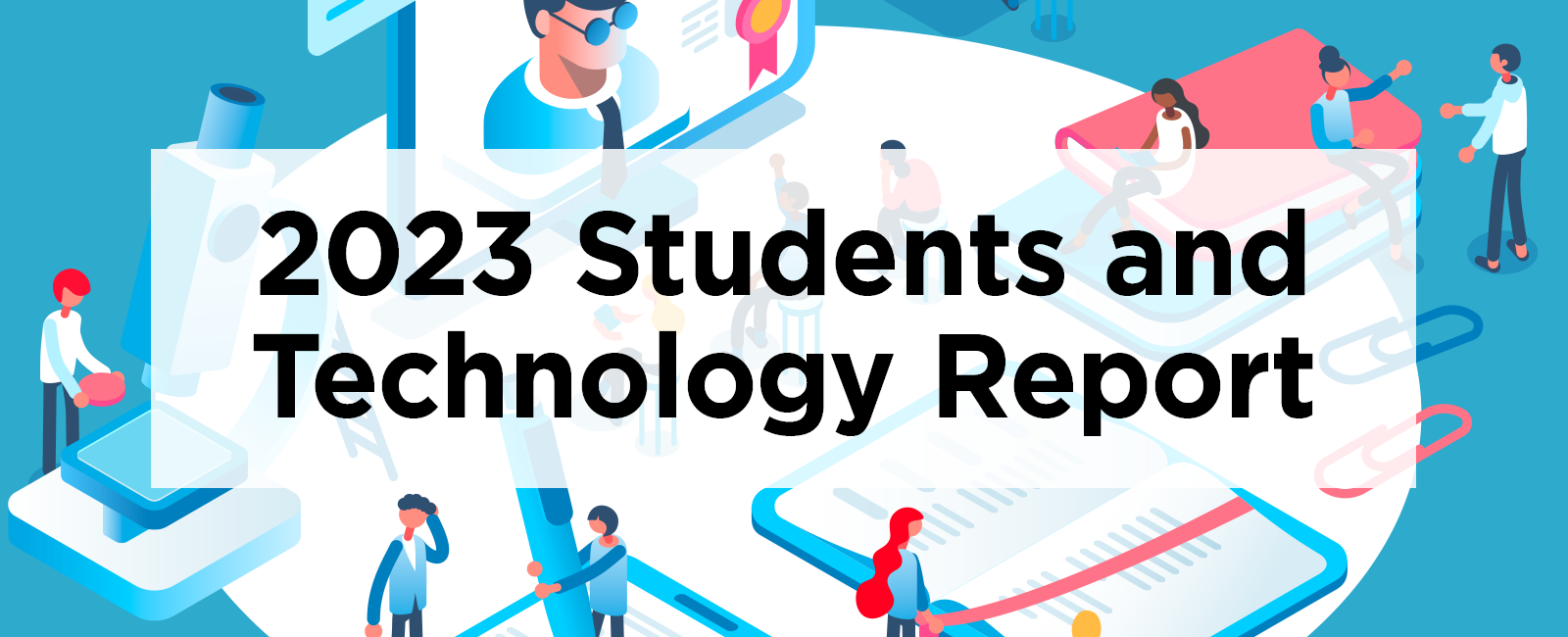2023 Students and Technology Report: Flexibility, Choice, and Equity in the Student Experience
Want to share this report? Use our toolkit.
What does it mean to be a student in 2023, on the fading tail end of a global pandemic and in the midst of lingering uncertainty about the world? What do students still need from a postsecondary education, and where does technology serve as a fulcrum—for better and for worse—both opening and closing students’ paths forward through their educational journeys?
In this report we draw on data from EDUCAUSE’s 2023 Student Survey to offer higher education leaders and decision-makers key insights as they consider what these questions might mean for their particular institutions and communities.
The report explores findings across three main areas, each representing a key challenge (and opportunity) institutions are going to face now and in the future:
- Supporting students on and off campus
- The role of students as consumers in the educational marketplace
- Equity and accessibility in teaching and learning
Supporting Students On and Off Campus

Residential choices are driven by life circumstances and preferences, and so too are learning modality choices.
Read more about supporting students on and off campus >
Empowering Students to Choose

The option of choosing modalities can go a long way toward improving hybrid course experiences for certain populations of students.
Learn more about empowering students to choose >
Accessibility in Teaching and Learning

For students reporting any of the types of disabilities or impairments we asked about, their assessments and experiences of the technology supports and services provided by their institution differed significantly from the experiences of other students, almost always in negative ways.
Read more about accessibility in teaching and learning >
Reflections and Next Steps
While institutions might take any number of steps to explore and respond to the reflections outlined in this report, several possible next steps may be more feasible and immediately actionable than others.
Read the reflections and next steps >
